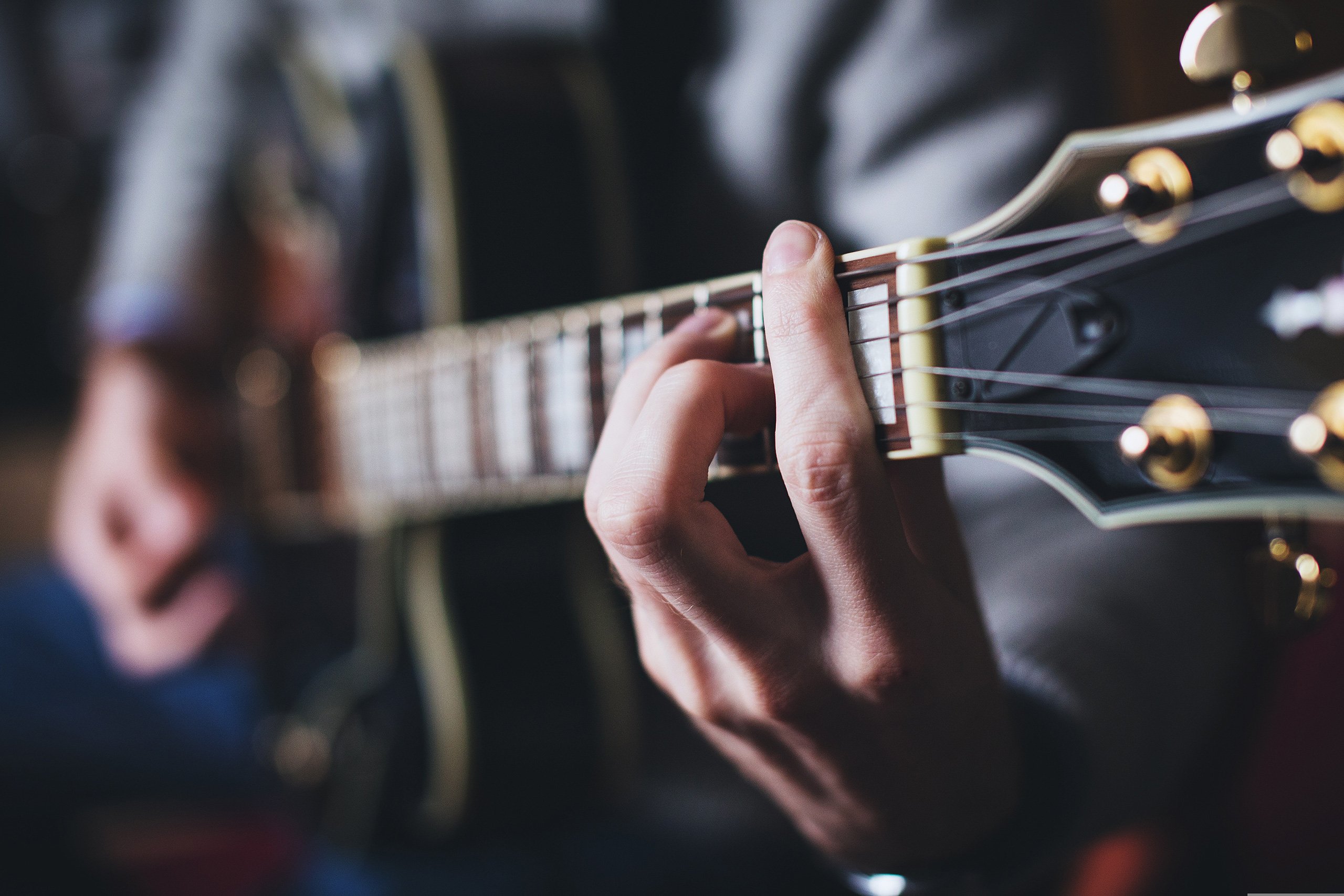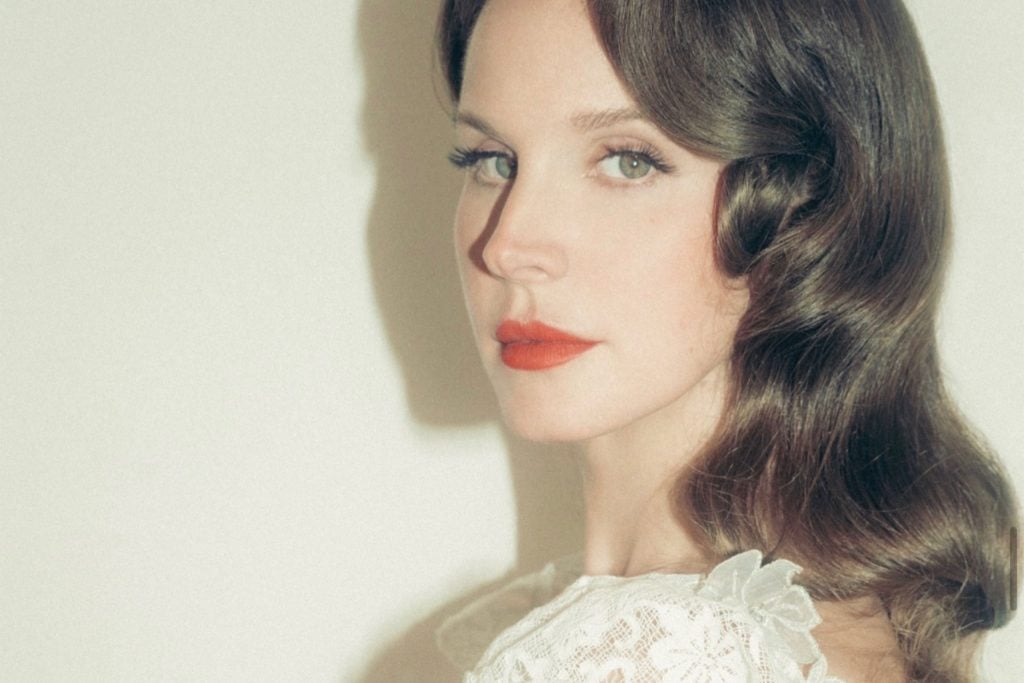Music has long ceased to be just a background accompaniment to visual content – in modern video games, it has become a full-fledged tool for storytelling, emotional impact, and building a unique gaming experience. From the first simple 8-bit melodies to complex orchestral compositions, the development of music has kept pace with the evolution of the gaming industry.
As video games become more and more cinematic, interactive, and atmospheric, music often sets the tone of the scene, enhances the drama, sets the rhythm of the gameplay, or, conversely, creates a sense of comfort and harmony. It can control the player’s emotions unnoticed: cause tension during a battle, give hope at a key moment in the plot, or evoke nostalgia from the very first notes. Both, video games and gry za 1 gr w Lemon Casino work with this approach, as it is a component of an exciting game for players.
Types of music in games and their functions
1. Background music is one of the most common and important elements in a game. It imperceptibly but significantly affects the player’s mood, maintains the atmosphere of the game, and is often the first tool that introduces a person to the game world.
For example, calm, melancholic music in Journey or Stardew Valley creates a feeling of comfort and peace, and heavy guitar riffs in DOOM Eternal instantly charge with energy and aggression. The background soundtrack helps to “connect” visual scenes into a single emotional picture, creating a unique sound for each location or event.
2. Interactive music is a dynamic system that changes in real time depending on the player’s actions or situations in the game. For example, in The Legend of Zelda: Breath of the Wild, the music becomes more intense when the player gets into a fight and fades away when the situation stabilizes. Or in Red Dead Redemption 2, the music smoothly adapts to the mood of the scene, which changes depending on the player’s choice. This approach greatly enhances the immersion effect, as the music seems to “breathe with” the player, reacting to his actions and enhancing the moment.
3. Theme tracks or leitmotifs are musical themes that are assigned to individual characters, locations, or storylines. This is a well-known technique from classical cinema that is actively used in games. Examples include the main theme of Geralt from The Witcher 3, which accompanies key moments with his participation, or the disturbing leitmotif of Sephiroth from Final Fantasy VII. These themes help the player to establish an emotional connection with the characters and emphasize their unique traits. Such tracks can be key to the game’s recognizability – even a short excerpt can evoke memories of dozens of hours of play.
4. In some games, music is not just a background, but an active part of the gameplay. A striking example is rhythm games like Beat Saber, Dance Dance Revolution, or Crypt of the NecroDancer, where the musical rhythm is the basis of the game mechanics: the player must interact with the game in sync with the music. This principle also works in some action games, such as God of War or Tomb Raider during Quick Time Events (QTEs), when a sharp increase in music signals danger, a change in pace, or the climax of a scene. In such cases, music not only supports the atmosphere, but also becomes an important navigation and gameplay element.
The impact of music on the player
Music in video games has an extremely powerful emotional impact. It can evoke a wide range of feelings-from joy to anxiety, from calm to panic-often before the player realizes what exactly caused their emotions. A tense, minor-key sound can create an atmosphere of fear even without any visual changes on the screen, as is the case in many horror games. Instead, bright, melodic compositions with major harmonies can evoke feelings of warmth, euphoria, or excitement, reinforcing a moment of triumph or an important plot point.
In addition to emotions, music plays a key role in the psychological immersion of the player in the game world. A well-chosen soundtrack can blur the line between reality and the fictional world, helping players to believe that they are really in the middle of wild forests, futuristic cities, or aboard a spaceship. The more authentic the music sounds, the easier it is for the player to “escape” into the game and fully immerse himself in its atmosphere.
The function of motivation and concentration is equally important. In many genres, such as racing simulators, shooters, or sports games, a dynamic soundtrack keeps the pace of the gameplay, helps to keep the rhythm, concentrate attention, and not lose energy. Action music with a clear rhythm can literally “push” the player to action, stimulating the speed of reaction and increasing adrenaline.
Another interesting effect is nostalgia and memory. Melodies from our favorite games stay with us for years – sometimes just a few notes can instantly transport us to our childhood or recall a vivid scene from the game. The soundtrack becomes a part of personal memories and even cultural context. That is why the music from Super Mario, The Elder Scrolls, Undertale, or even slot games has a cult status and is easily recognizable by millions of players around the world. All these aspects show that music in games is not just an accompaniment. It is a full-fledged participant in the gameplay that controls emotions, creates a mood, helps to concentrate, and leaves a mark in the memory for many years after the game is finished.
Genre specificity
Music in games is never universal – it is closely related to the genre in which it functions. Composers and sound designers select the sound to best match the gameplay features, the rhythm of the game, and the expectations of the players. That is why the music in RPGs, horror, indie projects, or casino games differs both in style and functionality.
RPGs (role-playing games) In role-playing games, music often performs a narrative function – it helps to tell a story, convey the emotions of characters, create a mood in locations, and accompany key plot events. In large RPGs like The Witcher 3, Skyrim, or Dragon Age, the soundtrack is divided into separate themes: combat, story, location, and character.
This approach creates a deep emotional immersion and allows the player to better feel the spirit of the world they are in. A special role is played by the leitmotifs that accompany characters or factions, which enhances the feeling of a lively and coherent story.
Action games and shooters The action genre is characterized by dynamic and energetic music that emphasizes the intensity of the action, maintains a high pace, and helps the player to focus. Often, the music here works at the level of emotional rhythm – during tense moments, it becomes louder, more aggressive, and during exploration or calm phases, on the contrary, more restrained.
In shooters such as DOOM Eternal, the soundtrack literally becomes the “engine” of the battle – the music amplifies every action of the player, making it even more tangible. In more tactical games (Call of Duty, The Last of Us), music builds an atmosphere of danger, anxiety, or internal tension.
Horror In the horror genre, music is critical. It creates a constant sense of danger, anxiety, and psychological pressure. Sound is often used as a tool of fright: unexpected chords, increasing tension, silence before the screamer.
In Silent Hill, Resident Evil, or Dead Space, music works as part of the fear – the player begins to associate certain sounds with danger even before it manifests itself. Often, horror soundtracks are not based on melody but on sound textures that create an unsettling, almost physical atmosphere.
Indie games Music in indie games often has a special emotional depth. Due to limited resources, indie developers usually do not create large orchestral scores, but this is compensated by creativity and originality.
For example, in Celeste or Undertale, music becomes a central part of the experience, emotionally leading the player through difficulties, choices, and self-reflection. In such games, the soundtrack can play an almost literary role, conveying the inner feelings of the character or player without words.
Casino games In casino games, music has completely different tasks. Here, its function is to regulate the player’s mood, maintain a sense of dynamics, or vice versa – to create a state of calm and “flow”. In slot games, music is often cyclical, light, and unobtrusive – it creates background comfort and encourages players to stay in the game longer.
When a player wins, the music changes – fanfares, joyful effects, and shiny sounds that reinforce positive reinforcement. In live casinos or poker platforms, the background music can be jazz or lounge music to create an atmosphere of luxury, calmness, and prestige.
Examples of successful use of music
- The Witcher 3 is a vivid example of how music can become an important part of the gaming experience. One of the main characteristics of the game’s soundtrack is its atmospheric nature and ability to emphasize the emotional state of the characters and the world around them. Composer Marcin Przybyłowicz has created a rich, orchestral soundtrack that perfectly captures the spirit of the Middle Ages, magic, and moody atmosphere.
Particularly impressive is the use of medieval instruments such as the lute and flute to create the unique atmosphere of the Free City or Laurel Plain. The music played during battles can be very intense, increasing the tension, while in quiet scenes and while traveling around the world, gentle and calm folklore sounds in the background, allowing the player to immerse himself in this world without feeling overwhelmed. The theme tracks are also very important: character leitmotifs, as in the case of Geralt, create an emotional attachment to the protagonist, and music that sounds in important plot points gives them additional weight.
- In Hollow Knight, music is an important tool for creating a deep and emotional atmosphere, especially in the context of the underworld. The soundtrack, composed by Christopher Larkin, combines elements of orchestral and chamber music to emphasize both the gloom and mysticism of the world.
Each region of the game has its own unique musical accompaniment that helps the player to feel the character and mood of the location. An important feature is the use of modest melodies with minimalist arrangements that often resemble chanting or organs, which gives the game a sense of immersion in the underworld. The music in Hollow Knight also perfectly complements the moments of chase and fight, where intense rhythms and the use of contrasting tones increase the emotional load. This effect can be seen especially clearly during boss battles, where the music creates an atmosphere of challenge and struggle, while emphasizing the intensity of each encounter.
- In Dead Space, music is used to create a tense, psychologically disturbing environment. Sound in this game is one of the main tools that evoke fear in players, and music here works not only at the level of chords or themes, but also through sound textures.
The soundtrack, composed by Jason Graves, is essentially minimalist, tense, and distorted. The main feature of the music in Dead Space is its ability to switch between almost no sound and scary, muffled effects that suddenly become more intense when danger approaches. Industrial sounds are also used to enhance the feeling of isolation and hostile environment. During the most intense moments of the game – battles with monsters or scenes when the protagonist finds himself in an extremely tense situation – the music becomes aggressive and does not allow the player to relax, which enhances the emotional effect of every step in space.
- Stardew Valley is a great example of how music can create a cozy, calm atmosphere that stays with the player throughout the game. The soundtrack, composed by Eric Barone, is based on simple, melodic compositions that create a feeling of warmth, nostalgia and harmony with nature.
The music adapts to the changing seasons, emphasizing the emotional context of the events on the screen. The sounds of nature – birds singing, rustling leaves, or murmuring water – help to feel the reality of rural life, and light, sing-along music provides the player with a constant feeling of comfort and relaxation. The songs in the game become not just a background but an integral part of the character’s everyday life, allowing players to immerse themselves in the calm atmosphere of farming and create a unique connection with the characters and the world around them.
- In casino games, especially in virtual slots, music often serves to stimulate the player, creating an atmosphere of excitement and emotional uplift. Music in such games is used to maintain a certain rhythm of the game and enhance the feeling of winning or an unpredictable turn of events.
For example, in Mega Moolah or Starburst slots, the music is activated when a player is close to a big win – the sounds of bells, gold coins, and winning chords help to increase adrenaline. These elements work to create emotional reinforcement and encourage players to continue playing even when they may be on the verge of losing. Music in casino games not only adds an element of entertainment, but also regulates the emotional state of the player, creating an atmosphere of excitement, victory or even disappointment, which is an important part of the gaming experience.
This article is a guest contribution. Views expressed are the author’s own.









Got opinions on this? Got fingers to type them with? Spare your group chat. Our Discord is ready.
Open the discussion thread